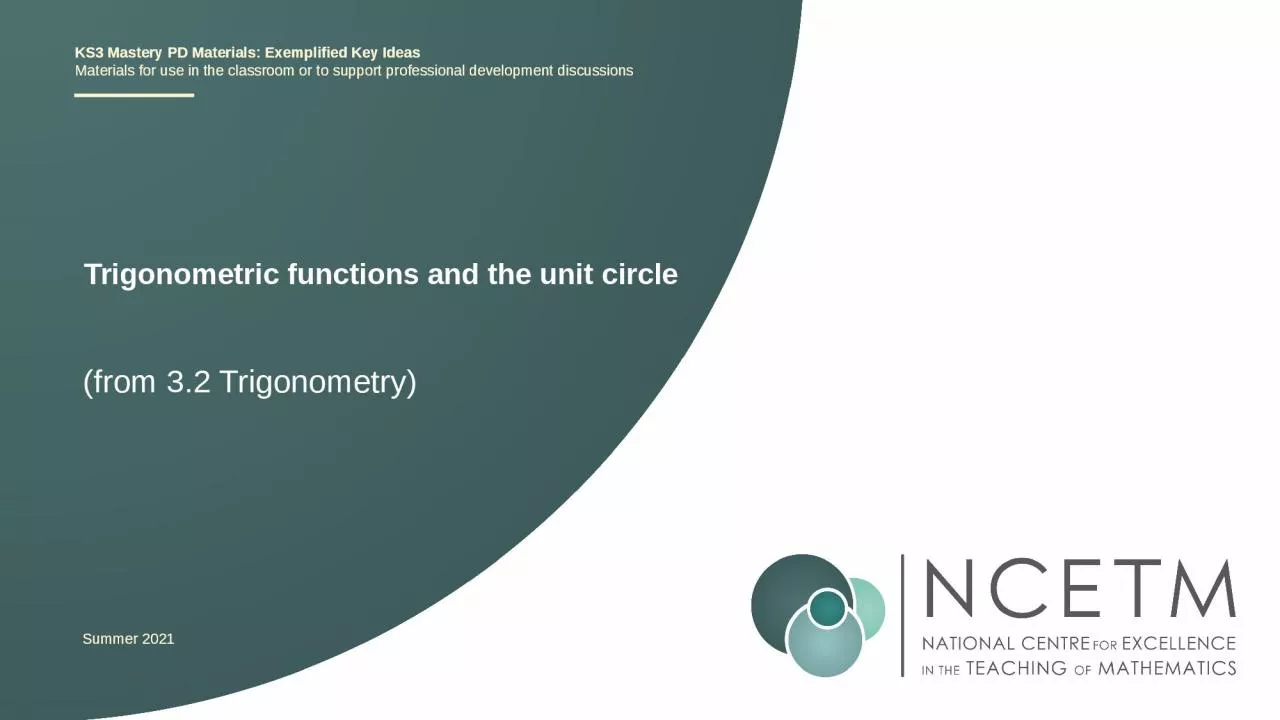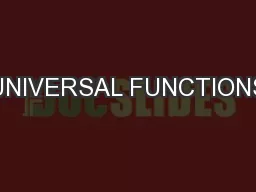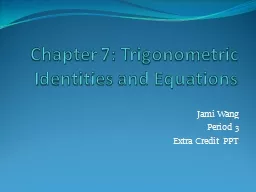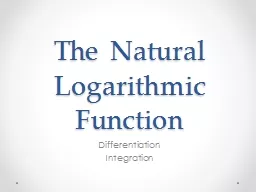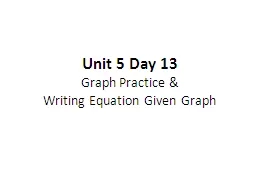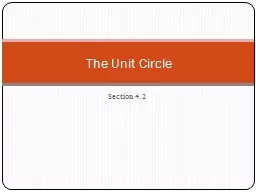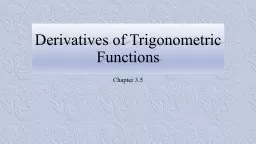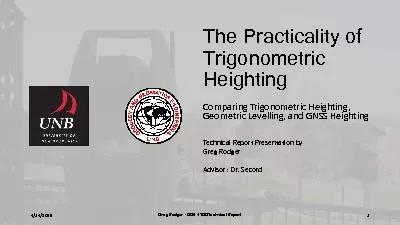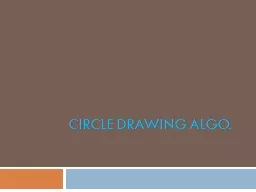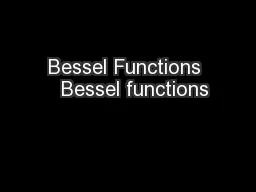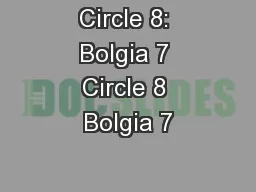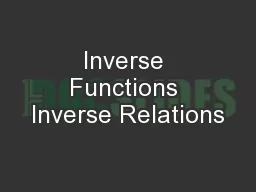PPT-Trigonometric functions and the unit circle
Author : della | Published Date : 2023-11-09
from 32 Trigonometry KS3 Mastery PD Materials Exemplified Key Ideas Materials for use in the classroom or to support professional development discussions Summer
Presentation Embed Code
Download Presentation
Download Presentation The PPT/PDF document "Trigonometric functions and the unit cir..." is the property of its rightful owner. Permission is granted to download and print the materials on this website for personal, non-commercial use only, and to display it on your personal computer provided you do not modify the materials and that you retain all copyright notices contained in the materials. By downloading content from our website, you accept the terms of this agreement.
Trigonometric functions and the unit circle: Transcript
Download Rules Of Document
"Trigonometric functions and the unit circle"The content belongs to its owner. You may download and print it for personal use, without modification, and keep all copyright notices. By downloading, you agree to these terms.
Related Documents

